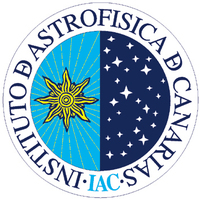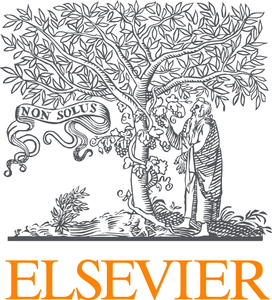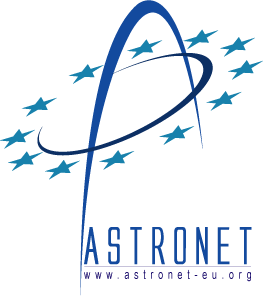Special Session Sp15
25 June 2015
Metallicity scaling relations: insight into galaxy evolutionary processes
Aims and scope
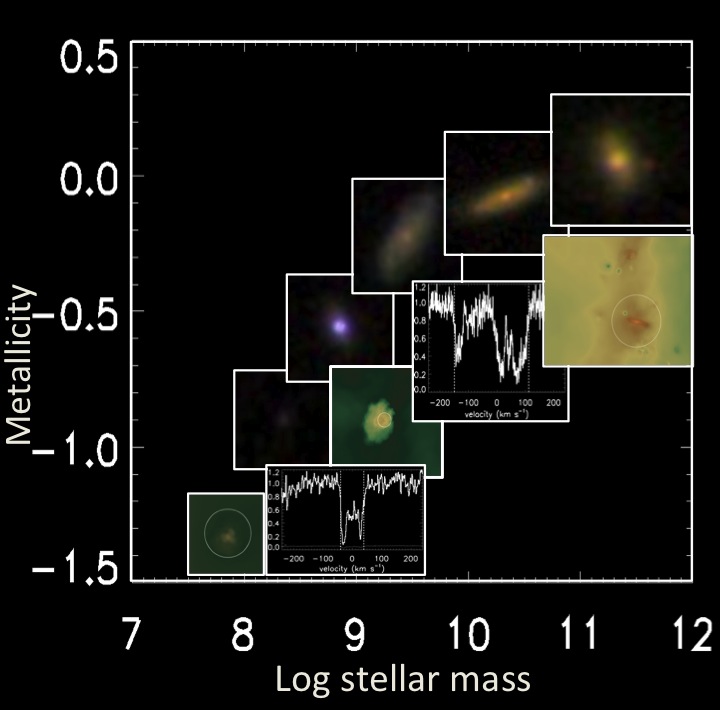 Although a mass-metallicity (MZ) relation for galaxies has been known for more than thirty years, major progress in this field has been achieved only in the last ten years, thanks to the large statistical samples from major surveys at high redshifts. Observations have enabled us to explore the relation for a wide range of galaxy stellar masses at various redshifts, and to relate it to a number of other galaxy parameters (e.g. star formation rates, gas fraction, and environment. These relations likely trace important evolutionary processes in galaxies, but we still need to understand in detail the relevant physical parameters that drives observables of the gaseous component of galaxies, the circum-galactic medium and how the stellar components co-evolve.
Although a mass-metallicity (MZ) relation for galaxies has been known for more than thirty years, major progress in this field has been achieved only in the last ten years, thanks to the large statistical samples from major surveys at high redshifts. Observations have enabled us to explore the relation for a wide range of galaxy stellar masses at various redshifts, and to relate it to a number of other galaxy parameters (e.g. star formation rates, gas fraction, and environment. These relations likely trace important evolutionary processes in galaxies, but we still need to understand in detail the relevant physical parameters that drives observables of the gaseous component of galaxies, the circum-galactic medium and how the stellar components co-evolve.
The MZ relation is well known for emission selected samples at the bright end of the galaxy luminosity function, where it has a turnover at the high-mass end and asymptotically approaches a high-metallicity value. Recent studies have extended the mass range towards lower stellar masses using e.g. gravitational lensing, studying absorption selected galaxy samples, and by observing distant host galaxies of cosmic explosions such as gamma-ray bursts, demonstrating that the MZ relation also exists at lower stellar masses.
These observed relations form a powerful tool to constrain galaxy evolutionary processes across the cosmic epochs, especially when compared to theoretical predictions. The discovery that galaxy samples selected using so widely different criteria all follow the same underlying relations between fundamental parameters, combined with increasing sample sizes, have allowed us to determine the evolution with redshift of the MZ relations (MzZ relations). Nevertheless, it has also proven difficult to combine those samples for a number of observational reasons related to different methods in the determination of metallicities and stellar masses.
Theoretical models for the MZR and its redshift evolution have proposed a number of interpretations attributed to mass-dependent efficiency of supernova feedback, star formation, metal yields or time-varying metallicity of inflows. New models aimed at predicting both emission and absorption properties of all galaxies across the metallicity scaling relations are the obvious next step to take in order to obtain a full picture of galaxy evolution throughout the history of the universe.
This EWASS Special session is meant as a platform to allow researchers in the three sub-areas of emission selected samples, absorption selected samples and theory to meet and exchange views and ideas, through a series of invited and contributed talks, poster and discussion sessions.
Programme
Topics covered include:
- MZ relations based on observations: In emission selected galaxies, in absorption selected galaxies, as well as its redshift evolution (MzZ).
- What are the important problems/issues when we try to combine the relations
above?
- How well are current theoretical models suited to allow a combination, what will be needed from the next generation of theoretical models?
- Do group/merger environment affect the MZR?
- What does metallicity gradients mean in group/merger environments?
Invited speakers
- Roberto Maiolino (Cavendish Laboratory, Department of Physics, University of Cambridge)
- Pasquier Noterdaeme (Institut d'Astrophysique de Paris )
- Pratika Dayal (Institute for Astronomy, Edinburgh University)
Scientific organisers
Palle Møller, Lise Christensen, Roberto Maiolino, Kristian Finlator, Johan P. U. Fynbo
Contact
pmoller @ eso.org
Updated on Sun Nov 30 19:36:39 CET 2014
|
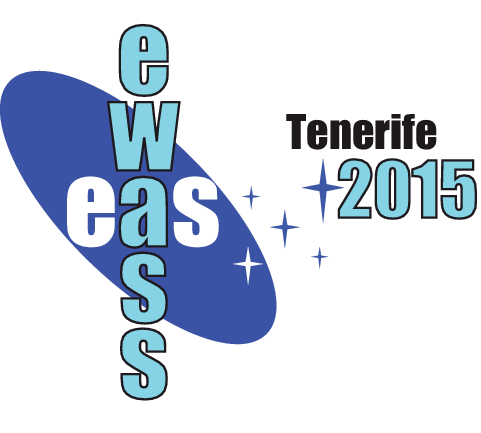
 A power cut will shut down all EAS services on Tuesday, 10 January 2017 starting at 7:30 CET.
A power cut will shut down all EAS services on Tuesday, 10 January 2017 starting at 7:30 CET.




